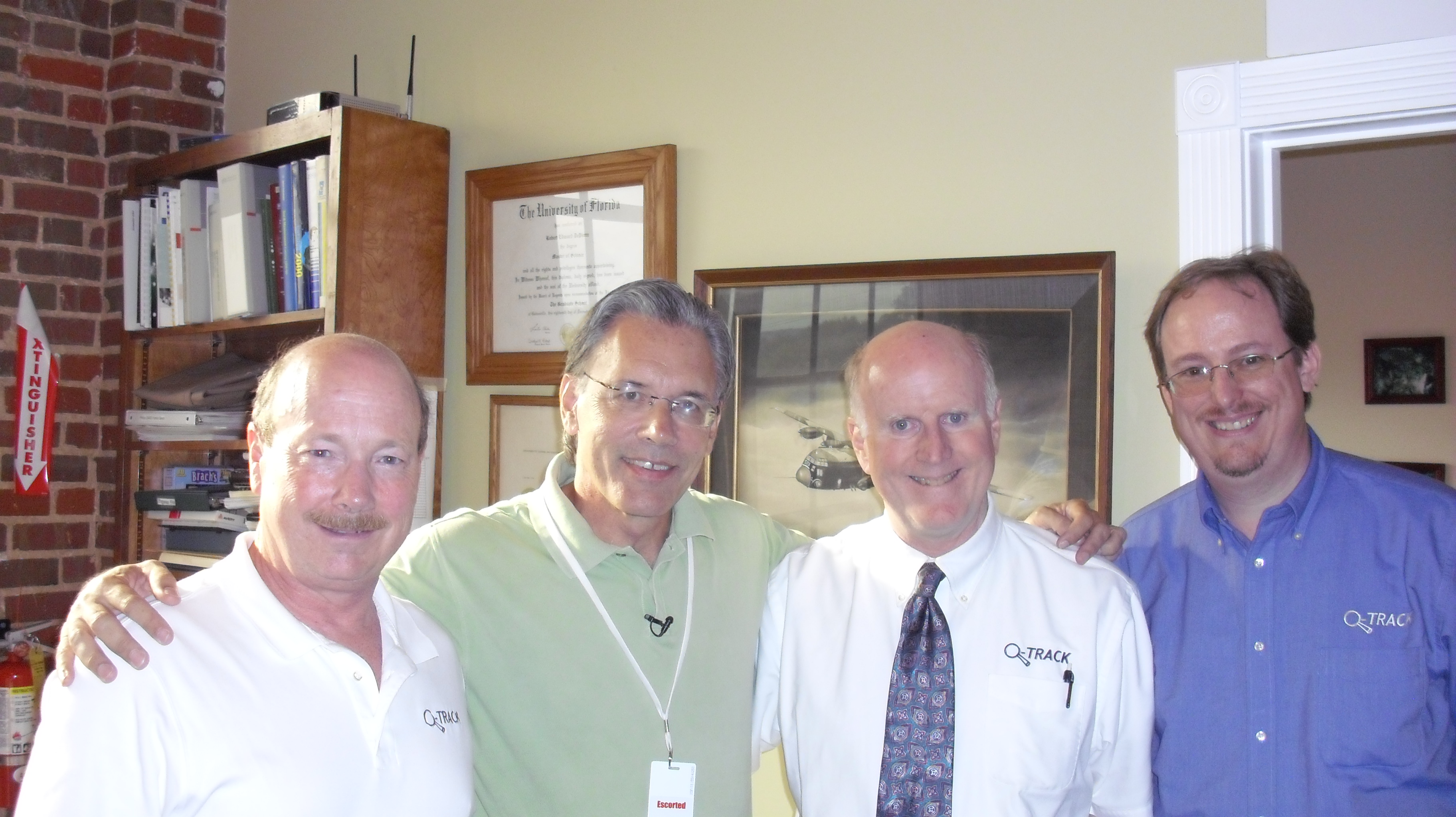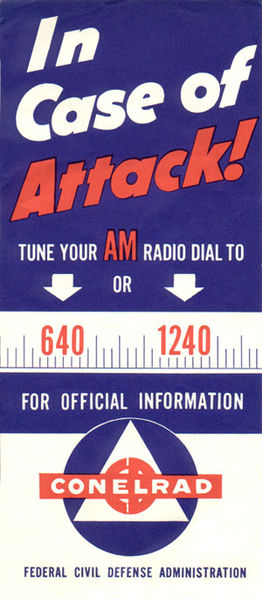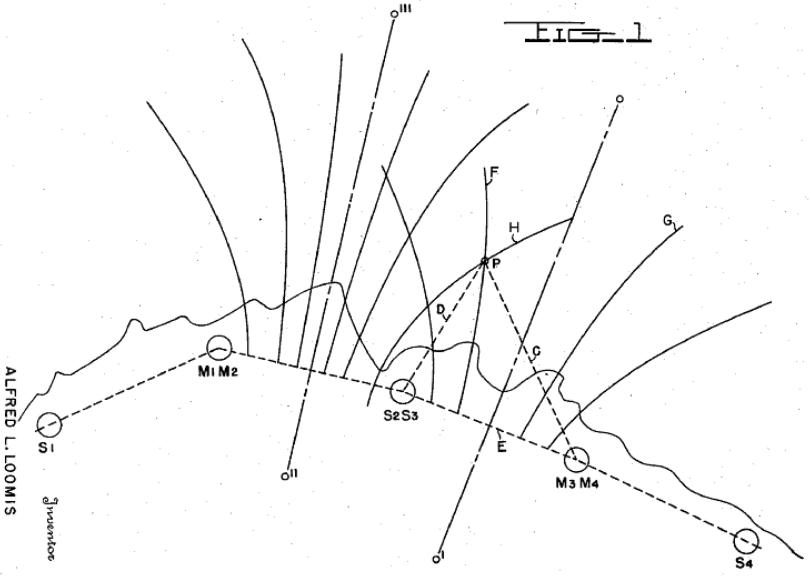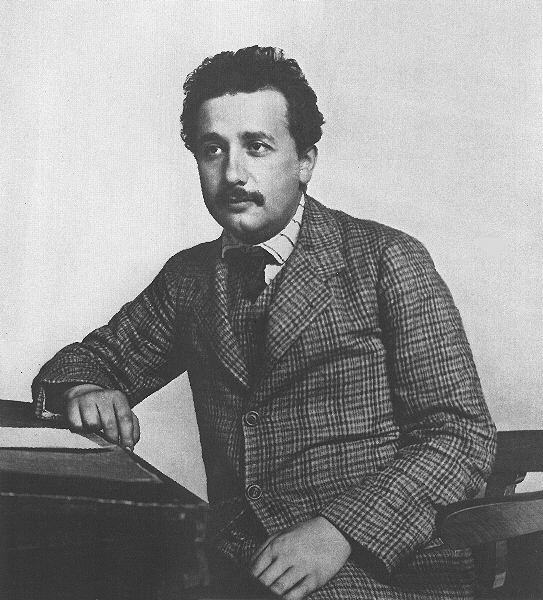A young engineer applies innovative analysis to determine that a dam designed by his firm’s most senior engineer is in imminent danger of collapse and then must take matters into his own hands when his findings are ignored. Robert Byrne’s The Dam (1981) pits the analysis of a brilliant but […]
Technology
Are you calling 911 on your cell phone because you need emergency assistance? Your cell phone provider has to be able to locate your phone to aid emergency responders in finding you. The current standard, Wireless Enhanced 911 or ‘E911″ Phase 1, requires cell phone providers to be able to […]
After a famous wooden roller coaster injures passengers with the violence of the ride, an engineer hired to evaluate new safety modifications must analyze and diagnose a disturbing series of malfunctions before the grand re-opening. Thrill features an engaging cast of characters: the stalwart and straightlaced midwestern engineer, the mad […]
Periodically, I like to pass on interesting items that don’t warrant stand-alone posts. Here’s today’s list: ThingMagic continues their series on 100 innovative uses of RFID technology in 100 days at http://rfid.thingmagic.com/ Where, Inc., a location-based ad network, buys Local Ginger. More from the NYT. The Location-Based Services (LBS) market […]
Few novels capture the drama, the passion, and the excitement of engineering. To do justice to the subject, the author must be conversant with engineering science and practice. In addition, the author must write with sufficient power and clarity to make the relevant technical details clear to a non-technical audience […]
Here are some updates: Not only does Steve Crowley have his monthly review of experimental license applications at the FCC, he also draws attention to a review of the proportion of lawyers, economists, and engineers at the FCC compared to other country’s telecommunications regulatory bodies. MP Antenna partners with TESSCO […]
Some Georgia Tech and University of Washington researchers have developed a scheme to use home wiring as an antenna for low power sensors operating at 27MHz. Patel’s team has devised a way to use copper electrical wiring as a giant antenna to receive wireless signals at a set frequency. A […]
A few quick updates, while I recover from Wireless Wednesday on Twitter: New Scientist explains the history of complex numbers in a fascinating piece, “Putting the ‘i’ in iPods.” But since the iPod is more an accomplishment of engineering instead of physics, shouldn’t it be called the” jPod?” To learn […]
Earlier this summer, noted technology writer Robert X. Cringely embarked on a cross-country tour to visit promising start-up companies with exciting stories. The project, sponsored by the Ewing Marion Kauffman Foundation of Kansas City, aims to help America rediscover entrepreneurship. Cringely’s tour will be the basis of a television series […]
Some wireless and RFID updates: U.S. Baby monitors cause interference in Japan. (H/T Steven J. Crowley) Two different perspectives on the history of RFID from Michael L. Davis at DefCon 17 and from SoftwareHelpOnline. I’m sorry to learn that David Schmarder is retiring. His business provided a valuable service by […]
On August 11, 2010, a major wireless milestone passed largely unnoticed: the end of a tumultuous twelve year regulatory process to authorize ultra-wideband (or “UWB”) wireless systems. The FCC ordered ET Docket No. 98-153 “TERMINATED.” By dismissing the last outstanding Petitions for Reconsideration, the FCC has finally and firmly secured […]
The CTIA – a wireless industry trade group – has compiled an interesting collection of Fifty Wireless Facts, including: 8. At the end of 2009, the average revenue per minute in the U.S. was $0.04. Across Europe’s developed countries, the average revenue per minute was $0.16. As a result, the […]
High Frequency Direction Finding (HF/DF or “Huff-Duff”) played a critical role in the Second World War. Shore based DF determined the location of German U-boat packs enabling convoys to be routed around them. Ship and airborne DF in conjunction with centimetric radar enabled effective antisubmarine warfare. [1, 2] One of […]
The Boston Globe has a great article on Q-Track’s successful firefighter rescue demonstration at WPI earlier this month: WORCESTER — The blinded, disoriented firefighters who crawled up the stairs of a century-old brick building here recently had to find a missing colleague, and find him fast. Their only hope was […]
Here’s another collection of RFID and wireless related links: VeryFieldsRFID has a good introduction and tutorial to RFID. BoingBoing presents a brief historical item on the WWI-era prohibition on amateur radio. Chris Paget’s DEF CON 17 talk on RFID Mythbusting helps dispel myths about RFID range and security: And finally […]
It’s been a busy week, so here is yet another RTLS/RFID update: Mark Roberti of RFID Journal has a new blog entry on the RFID Privacy Conundrum. From the Daily Californian, New Backpack Makes 3D Maps of Buildings H/T: Ericsson Labs Harris unveils firefighter location system. H/T: Stephen J. Crowley […]
Conventional RTLS typically relies on one of three general approaches: Direction Finding (DF): originated by John Stone Stone in 1902, Amplitude Ranging: originated by Lee de Forest in 1904, and Time of Flight (Time Difference of Arrival (TDOA), or Transponder Ranging are typical approaches): orignating in the 1920’s and 1930’s. […]
Consulting Engineer, Stephen J. Crowley, provides an informative update on the latest experimental applications at the FCC. Here’s one example: Reindert A. Smit, apparently an amateur radio operator, filed an application (with supporting exhibits) for special temporary authority to experiment with ROS digital communications modem software, whose purpose is to […]
A few RTLS and Location Based Services updates: First, a nice introduction to Location Based Services from ComputerWorld. An explanation of Facebook’s new Location Based Service from the New York Times. Yet another Location Based Service launched yesterday: “Qilroy,” a Qualcomm Service Labs incubated project. Precise Path has a precision […]
Last month, a Q-Track team traveled to the historic Safety Research Coal Mine in Bruceton, Pennsylvania to conduct RF propagation and performance tests on a Near-Field Electromagnetic Ranging (NFER®) Real-Time Location System (RTLS). We optimized the system for use in a mine environment in an effort funded by NIOSH. We […]
The organizers of Fifth Precision Personnel Locator (PPL) Workshop (held on the campus of Worcester Polytechnic Institute, or WPI, August 2-3, 2010) collaborated with the Worcester Fire Department to conduct realistic firefighter rescue exercises. All three systems tested enabled rescues substantially faster than the 24 minute unaided rescue baseline. The […]
The Second World War spurred further innovation in RF-based navigation. The first wide-scale deployment of an RF-based location system was the Long Range Navigation or “LORAN.” LORAN was an evolution from a shorter range British system called “GEE.” Like GEE, LORAN employed synchronized impulse signal transmissions from paired transmit towers. […]
In 1905, an obscure patent clerk in Switzerland wrote four scientific papers, any one of which would have guaranteed his future fame. The clerk’s name was Albert Einstein. His four papers: proposed that energy exists in discrete levels called quanta (the photoelectric effect), demonstrated that the microscopic quiverings of small […]





